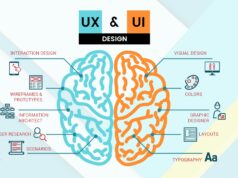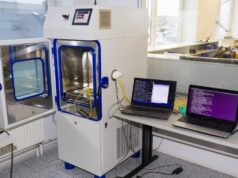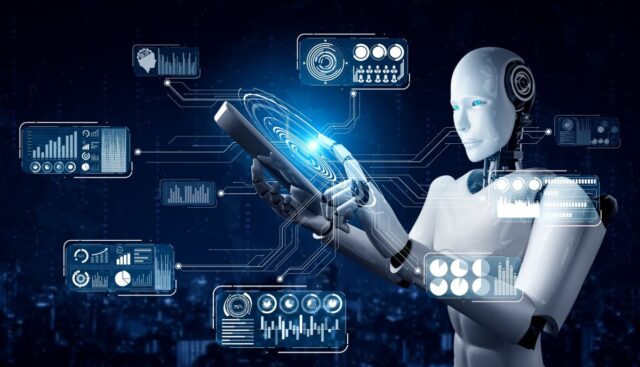
Machine learning is a popular technology that is used in almost every business sector. However, in order to create a complex model, we need to properly train the algorithm. In today’s article, we present four types of machine learning that will show you how to teach a machine.
4 Types of Machine Learning
1. Supervised Learning
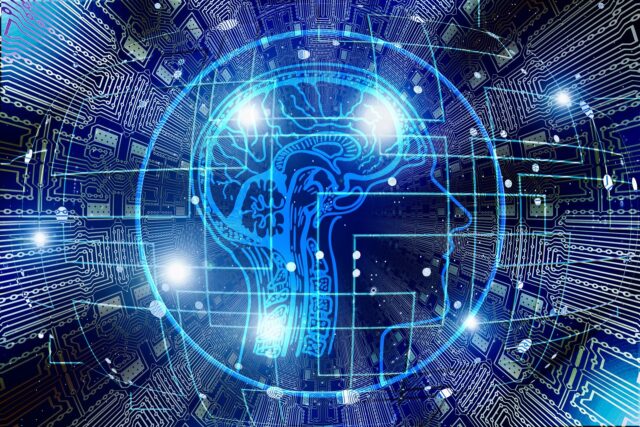
Supervised learning is one of the most fundamental types of machine learning. The machine model is trained from a set of inputs and corresponding output data labeled by a human. Hence, the algorithm in supervised learning is trained from a set of labeled data. The objective is to train the model so it can make accurate predictions on new, unlabeled data.
Let’s assume that the input dataset is a book. The first step is to train the machine to understand the images. For this purpose, information such as shape, size, color, and other characteristics should be provided. Right after the training is complete, you need to enter a photo of the book and then ask the machine to identify the object and predict the result. If the machine is well-trained, it will check for features such as shape, appearance, and size and then identify the object as a book. It will then place the image in the appropriate category.
Supervised learning models find applications in two distinct problem domains.
Classification. Algorithms divide data into specific categories, e.g., distinguishing dogs from cats. This type of solution is used to filter spam.
Regression. The machine tries to understand the relationship between dependent and independent variables. An example of using this type of algorithm is, for example, forecasting sales revenue.
Examples of applications are:
- Risk management
- Fraud detection
- Interaction personalization
- Speech, text, and image recognition
- Customer segmentation
Methods used in supervised learning include neural networks, linear regression, and random forests.
Find more about machine learning on: https://addepto.com/machine-learning-consulting/
2. Unsupervised Learning
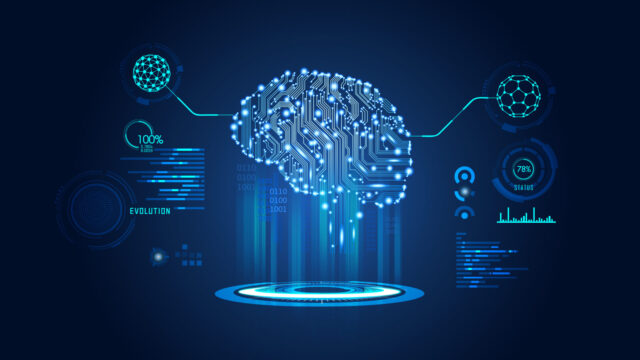
With unsupervised learning, the machine does not receive training data. The algorithm uses unlabeled data, so it has to analyze itself to detect patterns and discover similarities and differences.
Let’s analyze an example: Suppose we have a dataset that contains information about products in an online store (name, price, category, and brand). But we do not have labels that indicate which products are popular and which are not, nor do we have information about the preferences of users. However, we would like to analyze the products to understand how they are similar to each other. We also want to know what groups of products can be identified based on their characteristics.
In this case, we can use a clustering algorithm to group products based on their similarity, for example, price, brand, or category. The algorithm will automatically find product groups that have similar characteristics and place them in the appropriate clusters.
In this way, despite the lack of training data, we can use unsupervised learning to analyze the data and discover patterns or structures in the input data.
3. Semi-supervised Learning
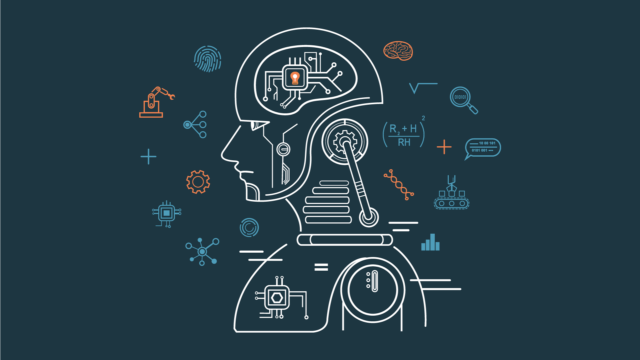
Semi-supervised learning is the third type of machine learning. It consists in the fact that the machine receives both marked and unlabeled inputs. However, most of these data are unlabeled. One of the main advantages of this learning is that it uses all available data. Semi-supervised learning is especially helpful when an organization has a large amount of data. The system itself proposes them and can create general patterns.
Examples of uses are speech and image recognition and website classification.
Compare it to learning a language. If you learn a language without the support of a teacher, it is unsupervised learning. If, on the other hand, the teacher monitors your progress and checks your tasks, this is supervised learning. Semi-supervised learning is when you study on your own but also review material with a teacher.
We can distinguish two methods of semi-supervised learning:
- Self-supervised Learning: A problem that does not have labeled data for supervised learning can be transformed into a supervised learning problem by creating labels from the data. All so that a supervised learning algorithm can solve it.
- Multi-Instance Learning: It is an ML technique in which learning data is grouped into instances. Labels, on the other hand, are assigned to entire packages, not individual instances, to train the model.
4. Reinforcement Learning

The fourth model of machine learning is reinforcement learning. Compare it to supervised learning, where a machine receives training data and learns by finding correlations between all the correct outcomes. Is reinforcement learning different? The reinforcement learning model does not get training data; it contains a set of rules and potential final states. The machine uses these rules and works within them to achieve the desired effect. In other words, the algorithm uses trial and error to achieve its intended goal.
Reinforcement learning can be compared to teaching someone to play chess. It is not possible to show him all the moves. Instead, the rules should be explained, and the person will acquire better skills through practice.
Examples of use are navigation or gaming.
Moreover, we can distinguish two algorithms in reinforcement learning:
- Positive Reinforcement Learning: The model takes actions in the environment based on the positive rewards it receives for making the right decisions.
- Negative Reinforcement Learning: The model takes actions in the environment based on negative rewards received for undesirable decisions, striving to minimize their occurrence.
Conclusion
The world is changing very quickly, and machine learning is becoming more and more common in everything that surrounds us. In this article, we have introduced four types of machine learning:
- Supervised learning
- Semi-supervised learning
- Unsupervised learning
- Reinforcement learning
Each of them presents a different method of training the algorithm. The choice of the appropriate type depends on the characteristics of the problem and data availability.


